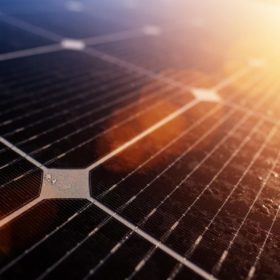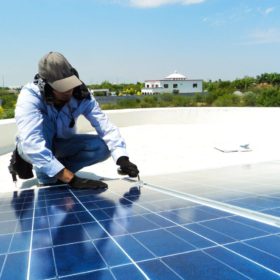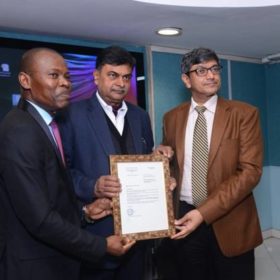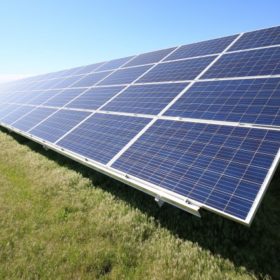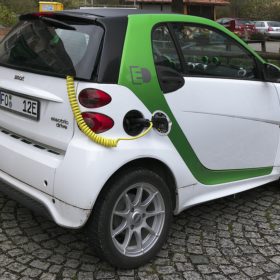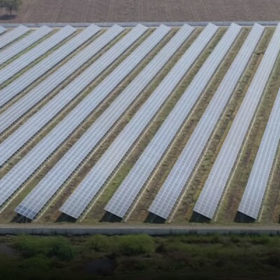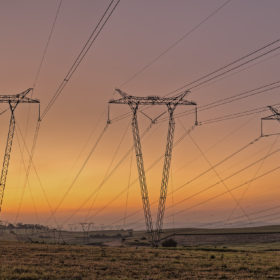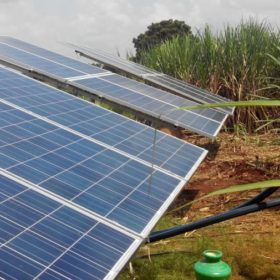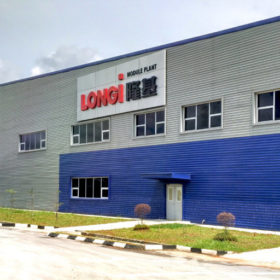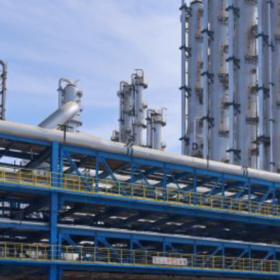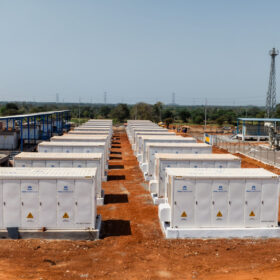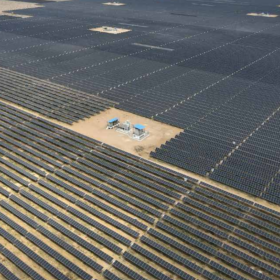Raising the efficiency of polycrystalline cells with new luminescent EVA film
Chinese researchers have developed a pure EVA film, which they claim can enhance the conversion efficiency of conventional crystalline solar cells by around 0.50%. The film is able to convert UV light into strong visible light.
A new technique to get the right angular-tilt
US scientists are proposing a new approach to calculating the optimum angular-tilt of PV panels for a planar surface at a particular site. In their view, the new technique may unlock innovative yield optimization methods for the installation of PV systems.
Togo selects NTPC as PMC for 300 MW solar project
With this, the West African nation becomes the first International Solar Alliance (ISA) member to avail services of NTPC. Presently, there are six programmes of the ISA to develop solar capacities in member countries, which include agricultural pumps, mini grids, rooftop solar, large-scale grid connected projects, etc.
Haryana tenders 25 MW farmland solar under PM KUSUM
Applications are invited for setting up cumulative grid-connected capacity of 10 MW for Uttar Haryana Bijli Vitran Nigam and 15 MW for Dakshin Haryana Bijli Vitran Nigam. The solar power generated will be purchased by Discoms at a pre-fixed levelized tariff of Rs 3.11/KWh.
New materials to convert waste heat into electricity
Materials that can recover energy wasted in the form of heat and convert that into electricity can pave the way for devices that can be coupled with new renewable technologies such as solar-thermoelectric and Lithium batteries.
Perovskites meet the stability standard
European research group Solliance says its perovskite modules have passed three key industry standard reliability tests: Light soaking, damp heat and thermal cycling. The group said it is the first time perovskite modules of that size have achieved such results and represents a milestone in the technology’s move toward commercialization.
KPI bags EPC order for 2.25 MW captive solar projects
The Gujarat-based power generator, which aspires to cross 100 MW capacity milestone in 2019-20, has touched 40.75 MW as an independent power producer and close to 4 MW as captive power producer.
GE T&D India wins a Jammu & Kashmir project to help deliver 24/7 power
Under the order worth around Rs 1730 crore, the power transmission and distribution player’s latest supervisory control and data acquisition and advanced distribution management solution technology will help deliver 24×7 reliable power to the people of the twin cities of Jammu and Kashmir.
Tripura tenders solarization of 1300 agriculture pumps under KUSUM
Bidding closes on February 10 for the solar systems that are to be set up on turnkey basis. Completion period is eight months from the award of contract.
Longi claims 22.38% efficiency world record for PERC mono panel
The Chinese manufacturer said the result was confirmed by Germany’s TÜV Rheinland. The achievement beats the company’s previous record of 21.65%, set last month.
